Want to explore the vast nature of Kenya? This is a country known for its amazing wildlife and nature, where the BIG FIVE: lion, cheetah, rhino, leopard, and elephant.
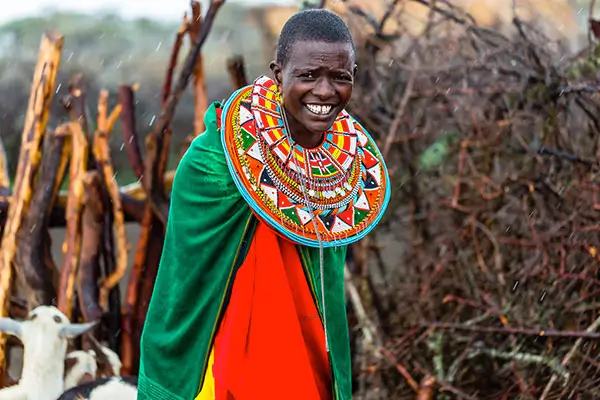
Take the time to read AFC’s Ultimate Kenya Travel Guide Before you go. It is definitely a good idea to give this a read before you do so that you can best prepare for your trip. You can also check out AFC Holidays’ Kenya Tours to start planning your trip.
Language
The Local language is SWAHILI; Many locals speak fluent ENGLISH due to historical reasons.
What Weather to Expect
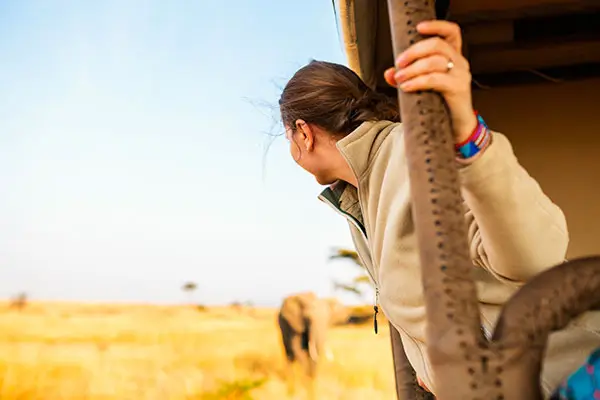
Kenya enjoys TWO SEASONS throughout the year as follows:
• dry season (June to October): Ave. 23°C to 28°C (73°F to 82°F)
• wet season (November to May): Ave. 24°C to 27°C (75F to 81°F)
What kind of clothes to pack?
• March-May, October-December: Umbrella/Raincoat/Rain Bag(Waterproof). Rainfalls due to season change. *Rainiest Months
• All Seasons: Bring appropriate sun protection products i.e. sunblock for the body, face, etc.; Hat/ caps/ sunglasses; Light cotton garments; Comfortable walking shoes. Hair accessories and hats are more recommended than keeping hair styling tools. Bandanas and Buffs are also recommended.

Kenya Religion
PREDOMINANTLY CHRISTIAN (85%) With nearly 11% Islam. Tourists have to be mindful and observe respectful behaviors when in monasteries, churches, or other places of worship.
Currency
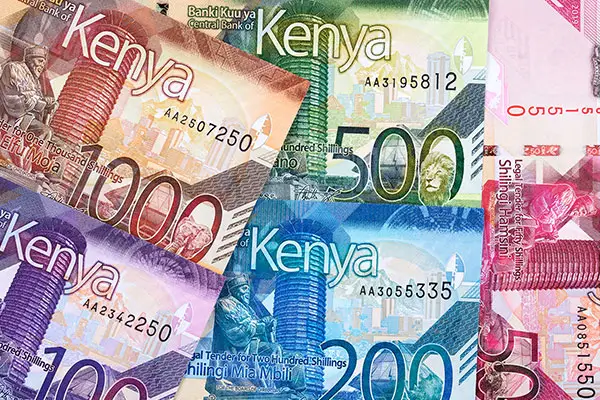
KENYAN SHILLING (KES) - All transactions especially for souvenir shopping, restaurant, or bar bills should be settled in KES. It is best exchanged in USD. Keep in mind to keep bills in higher whole denominations.
Should you bargain?
Bargaining or haggling is generally expected in markets and stalls that cater to tourists. It is possible to negotiate discounts with taxi drivers and accommodation depending on the season.
Should you leave a tip?
Tipping is expected in fancier hotels, around 200 KES. Restaurants automatically will have Service Charges, VAT, and Catering Levy in cheques. Taxi fares are negotiated in advance so tipping is not necessary unless desired.
Tour guides, safari drivers, and cooks expect gratuity at the end of your tour or trip. Around 10 USD to 15 USD per day, and per-group would suffice.
How much is a day in Kenya?
Minimum USD 100 per day or more depending on interest and choice of activity.
Power plugs and socket
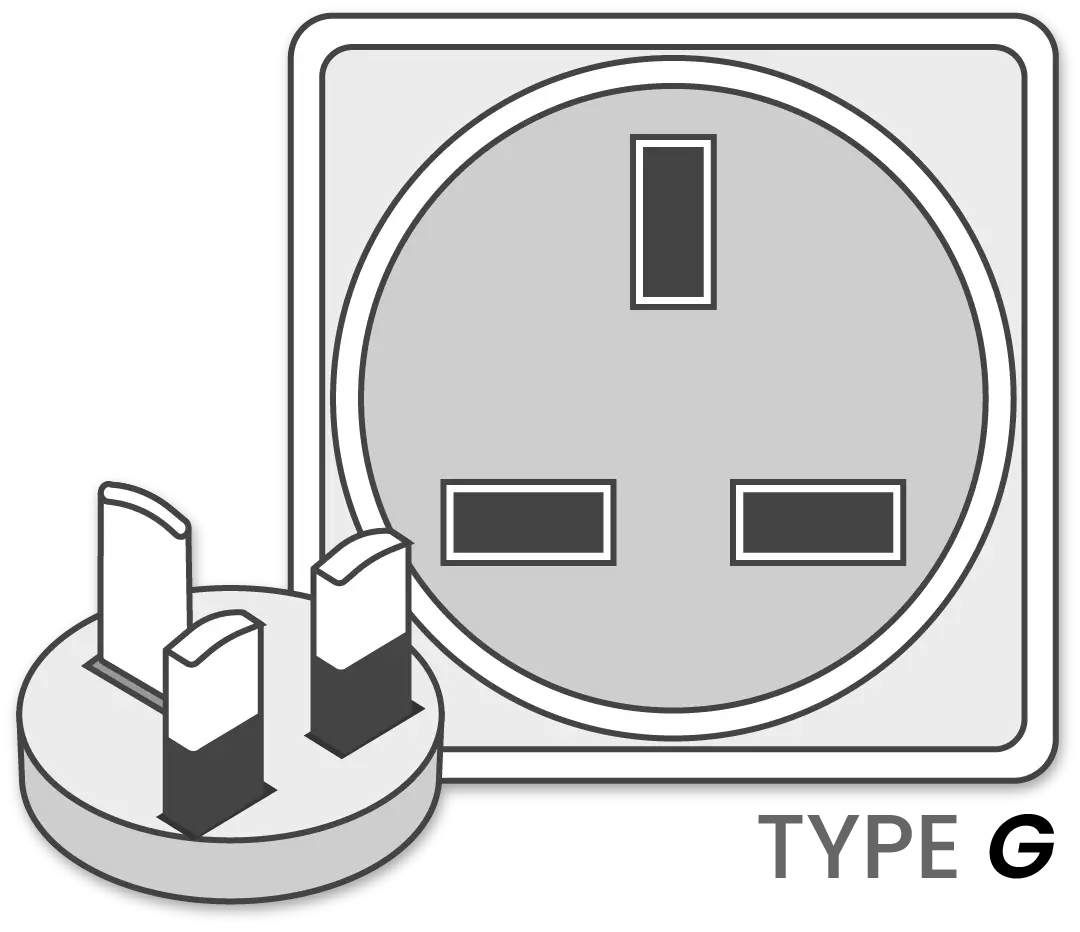
Kenya uses Type G power plugs at 240 Volts and 50 Frequency. Bringing power plug adapters is advisable.
Getting Around

Getting from one town to the other is relatively easy in Kenya with the help of long-haul buses. They are super economical with fares starting from 600 KES to 2,000 KES for premium services. Take care not to sit in the furthest back though as Kenyan roads could be quite rough.
For a more local experience, you can try boarding a Matatu. A minivan that takes people from town to town.
There is also a new high-speed Nairobi-to-Mombasa rail service that is faster, cheaper, and safer than any of the above. This is eventually going to be extended to Naivasha according to plans. Fares starting at 360 KES, the booking station is at Syokimau Railway Station.
Tourists may also opt for ride-sharing or hailing apps like Hava, Uber, Bolt, and more.
Kenya Travel Guide – The Checklist
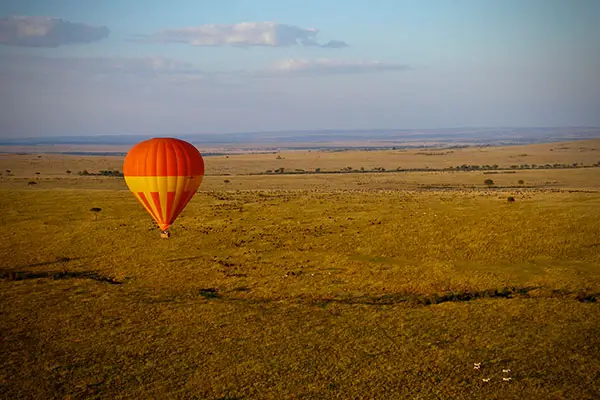
Need Internet Everywhere in Kenya?
Tourists will commonly find local sim cards with ready network access at Jomo Kenyatta International Airport. SIM cards sold at the airport do not have a higher price than the ones in town.
Keep your passport ready when purchasing a local sim card. Some of the more common options include Airtel and Safaricom. They can cost starting from 100 KES (1 USD).
Kenya Travel Guide to Medications
Prepare preferred over-the-counter medicines (Keep in original containers/with labels for easy identification) in small quantities (or as you find necessary) into a simple first aid. i.e. Diarrhea medicines, antacids, antihistamines, motion sickness, cough drops, decongestants, pain and fever relief, mild laxatives, bandages, and small antiseptic solutions. Along with your masks and preferred sanitizer.
Bring a doctor’s prescription for other prescriptions that you may have as needed and check for the allowed amount of quantity depending on your stay.
Now that you’ve read this Kenya Travel Guide.
You are officially ready to travel to Kenya. Don’t forget that you’re always free to contact your AFC Representative if you have any more concerns before your departure! We wish you safe and happy travels!
You may also be interested in our recent post: Seychelles Travel Guide Before You Go.
